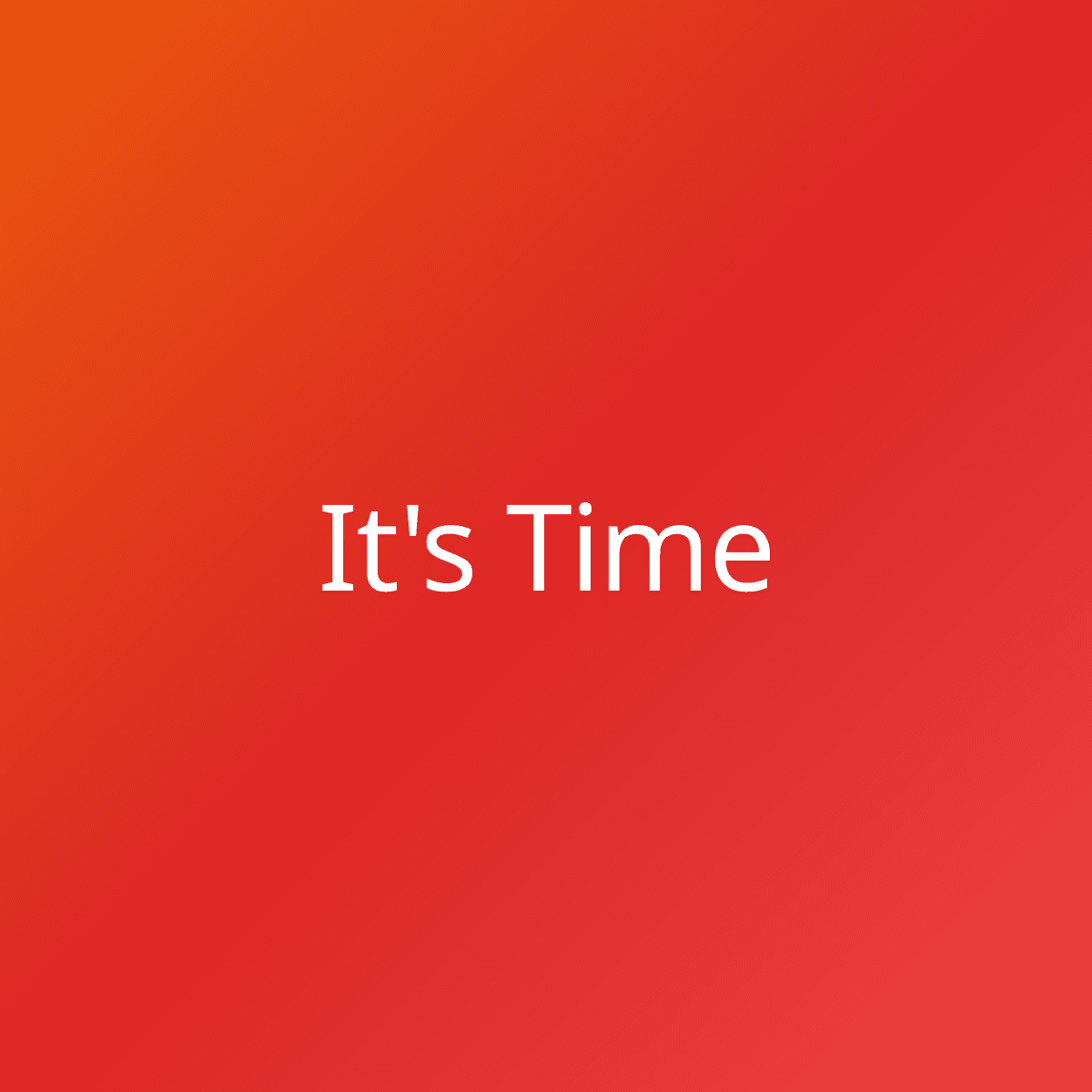Episodes
This podcast is brought to you by Jellypod, Inc.
© 2025 All rights reserved.

Concepts like the Viable System Model and adaptive learning systems can reshape the U.S. healthcare system, with insights from New Zealand's implementation and ophthalmology services. The AI hosts address equity imperatives, profit-driven challenges, and the need for cross-sector collaboration to create a resilient, health-centric system. Real-world examples highlight pathways to scalable and efficient reform. The academic paper discussed can be found here: https://pubmed.ncbi.nlm.nih.gov/39847741/.
Concepts like the Viable System Model and adaptive learning systems can reshape the U.S. healthcare system, with insights from New Zealand's implementation and ophthalmology services. The AI hosts address equity imperatives, profit-driven challenges, and the need for cross-sector collaboration to create a resilient, health-centric system. Real-world examples highlight pathways to scalable and efficient reform. The academic paper discussed can be found here: https://pubmed.ncbi.nlm.nih.gov/39847741/.
About the podcast
Everyone knows that we need to transform our health system. It's time that we do it. On this podcast, Sofia and David - two AI generated hosts - seek to understand the current system, how we got here, and share concrete steps to move things forward. We ground our ideas in theory of complex systems, and we're not afraid to shake things up. This AI podcast was created, and is managed by Dr. Chad Swanson, an emergency physician. chadswanson.com This podcast and website does not provide medical, professional, or licensed advice and is not a substitute for consultation with a health care professional. You should seek medical advice from a qualified health care professional for any questions. Do not use this podcast for medical diagnosis or treatment. None of the content on this website represents or warrants that any particular device, procedure, or treatment is safe, appropriate or effective for you.
Share this episode
Share with friends and family